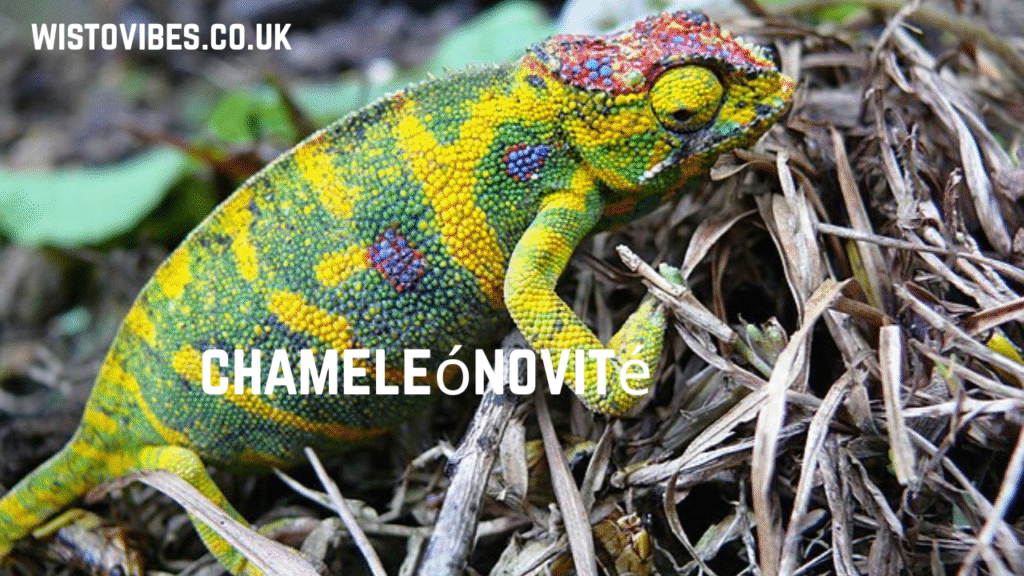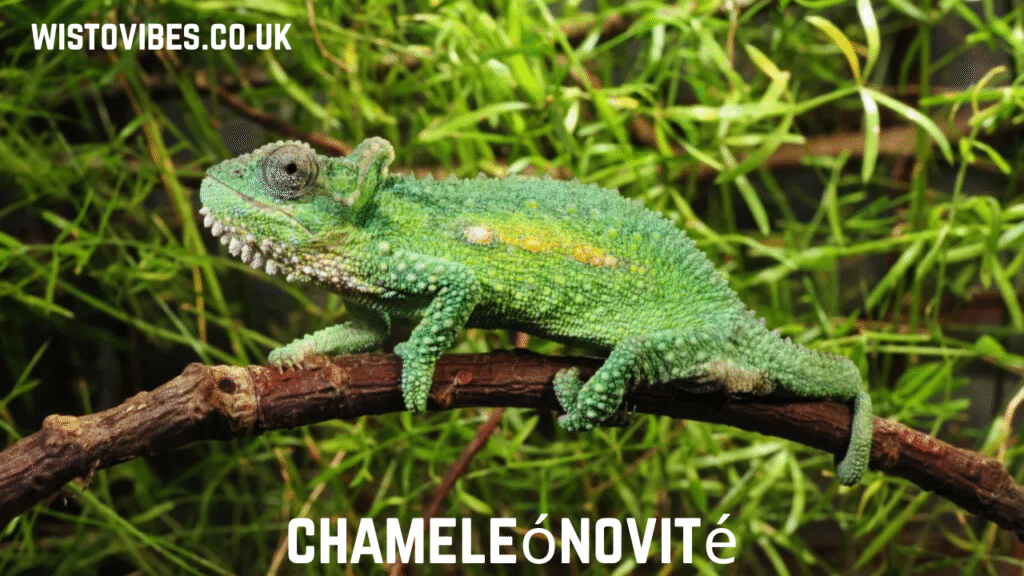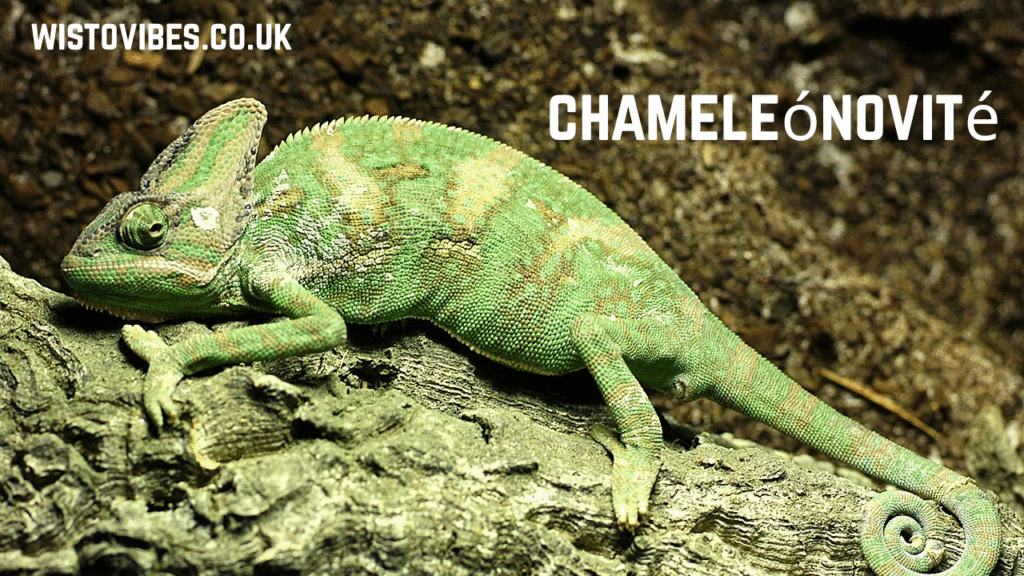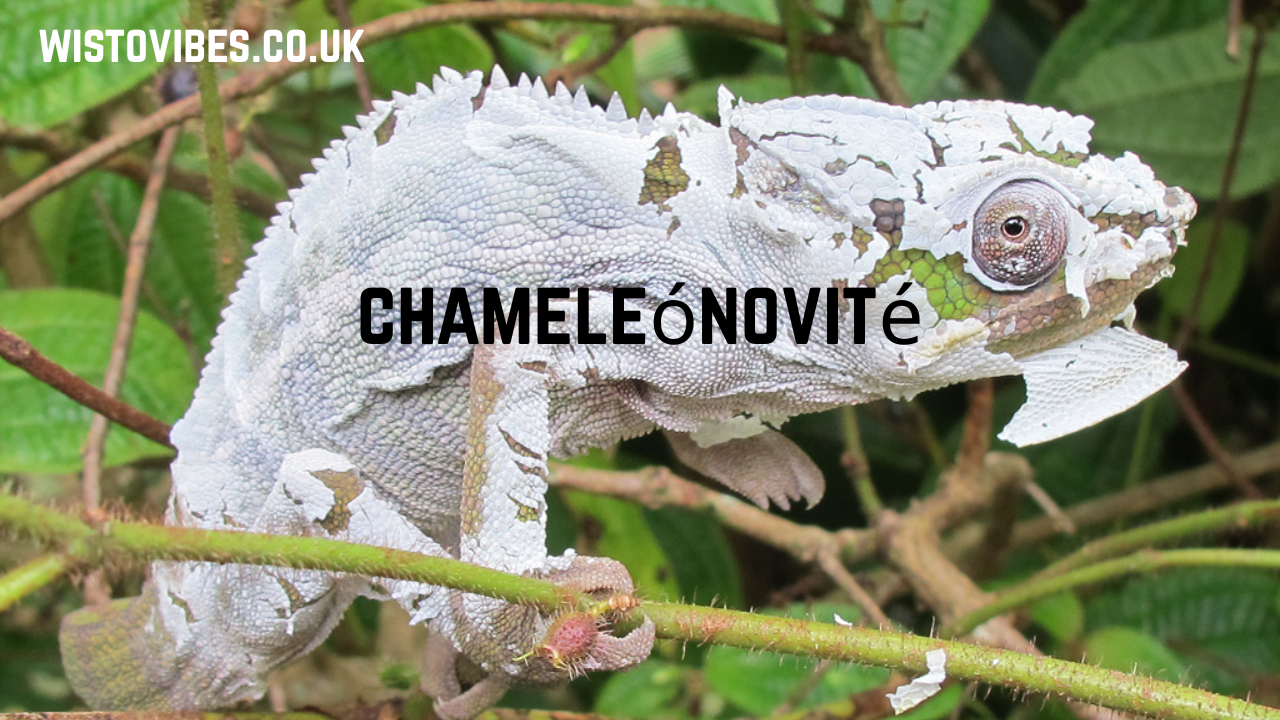Chameleónovité, known as one of the most extraordinary reptilian families in the animal kingdom, are a group of lizards renowned for their distinctive appearance, specialized anatomy, and remarkable ability to change color. These creatures belong to the family Chamaeleonidae and are primarily found in the tropical and subtropical regions of Africa, Madagascar, southern Europe, and parts of Asia. Chameleónovité are easily recognizable by their laterally compressed bodies, independently moving eyes, zygodactylous feet adapted for gripping branches, and long projectile tongues used to capture prey. Their extraordinary physiological traits have made them one of the most studied reptiles by scientists and nature enthusiasts alike. Unlike many other reptiles, chameleónovité are arboreal, meaning they spend most of their lives in trees, moving slowly and cautiously to avoid predators and ambush insects with precision. Their biological and evolutionary adaptations make them one of the best examples of how species evolve in harmony with their environment.
Evolution and Diversity of Chameleónovité Across Continents

The evolutionary journey of chameleónovité is a fascinating story of adaptation and survival. Fossil evidence suggests that chameleónovité originated around 60 to 100 million years ago, with their early ancestors evolving during the time when Madagascar and Africa were still connected. Over millions of years, different species diversified to adapt to varying environmental conditions. Today, there are more than 200 recognized species of chameleónovité, each possessing unique colors, patterns, and body sizes suited to their specific habitat. The island of Madagascar alone is home to over half of all known species, showcasing an incredible evolutionary radiation. This vast diversity also extends to their size; the smallest species, Brookesia micra, measures less than 3 centimeters, while the largest, Furcifer oustaleti, can grow up to 70 centimeters long. The differences among these species highlight the adaptability and ecological significance of chameleónovité in maintaining balance within their ecosystems. Each chameleónovité species demonstrates evolutionary strategies that ensure survival, from camouflage to territorial displays and reproductive rituals.
Color-Changing Abilities and the Science Behind Chameleónovité Skin
One of the most captivating features of chameleónovité is their unparalleled ability to change color. Contrary to the popular myth that chameleónovité change color solely for camouflage, scientific studies have revealed that this process is far more complex and involves communication, temperature regulation, and emotional expression. The skin of chameleónovité contains layers of specialized cells known as chromatophores and iridophores. Chromatophores contain different pigments such as red, yellow, and brown, while iridophores reflect light using microscopic crystals. By manipulating the spacing between these nanocrystals, chameleónovité can alter the wavelength of light that reflects off their skin, creating stunning visual displays of greens, blues, and even vivid oranges. This physiological process is controlled by the nervous system and hormonal changes triggered by environmental stimuli. For example, a male chameleónovité may turn bright colors during territorial disputes or courtship displays, while a relaxed or resting individual might appear duller to blend into the surrounding foliage. This extraordinary adaptation not only provides survival benefits but also symbolizes the intricate connection between biology and environmental evolution.
Anatomical Adaptations and Specialized Features of Chameleónovité

The anatomy of chameleónovité is a marvel of natural engineering, perfectly designed for life in trees. Their feet are zygodactylous, meaning the toes are fused into two groups that function like pincers, allowing them to grip branches with remarkable precision. The tail of most chameleónovité species is prehensile, serving as an additional limb for balance and support when navigating complex arboreal environments. Perhaps one of the most astonishing features is their independently rotating eyes, which can move in different directions simultaneously, providing nearly 360-degree vision. This enables chameleónovité to scan their surroundings for predators or prey without moving their heads. When they spot an insect, their long, sticky tongue—sometimes twice the length of their body—shoots out with lightning speed to capture it. This combination of features highlights the intricate level of specialization that evolution has bestowed upon chameleónovité. These physical traits are not only functional but also demonstrate the precision with which natural selection shapes life to meet the demands of survival.
Behavior Communication and Social Interactions Among Chameleónovité
The behavioral patterns of chameleónovité are equally fascinating, revealing complex communication methods and territorial instincts. Most chameleónovité species are solitary and prefer to maintain their own territories, especially males, who become highly aggressive during mating seasons. They use color changes as a primary form of communication—bright colors often signal dominance, readiness to mate, or aggression, while darker shades can indicate submission or stress. Besides color signaling, body posture and slow, deliberate movements play vital roles in their social interactions. Male chameleónovité often engage in visual confrontations where they display bright hues and puff up their bodies to intimidate rivals. Despite their reputation for slowness, these lizards exhibit quick bursts of motion when hunting or defending themselves. Their behavioral diversity shows that chameleónovité are not just simple reptiles but intelligent creatures capable of sophisticated visual communication and adaptive strategies.
Diet Hunting Techniques and Feeding Habits of Chameleónovité

Chameleónovité are primarily insectivorous, though some larger species occasionally consume small birds, reptiles, or even other chameleons. Their diet mainly consists of crickets, flies, grasshoppers, and other small invertebrates. What makes their feeding behavior so remarkable is their tongue mechanism, which operates like a biological catapult. The tongue can extend at incredible speeds—up to 0.07 seconds—to capture prey at distances exceeding their body length. This rapid action is powered by a specialized accelerator muscle that stores and releases energy much like a spring. Once the prey is caught, it is drawn back into the mouth where strong jaws crush it efficiently. Chameleónovité rely heavily on their exceptional vision to hunt, as their eyes can focus on distant targets with pinpoint accuracy. Their feeding habits also play a crucial ecological role by helping control insect populations in their habitats, thereby maintaining a balanced ecosystem.
Habitats and Environmental Preferences of Chameleónovité
Chameleónovité inhabit a wide variety of ecosystems ranging from tropical rainforests to arid deserts. Their environmental preferences depend largely on the species, with many being strictly arboreal while others, especially ground chameleons, live among shrubs and leaf litter. Temperature, humidity, and vegetation are critical factors influencing their distribution. In humid tropical regions like Madagascar, lush forests provide an ideal habitat rich in insects and shelter. In contrast, desert-dwelling species have evolved lighter colors and behavioral adaptations to withstand extreme heat. Chameleónovité are highly sensitive to changes in their surroundings, and even slight environmental disruptions can affect their survival. Deforestation, habitat fragmentation, and climate change have increasingly threatened their populations, making habitat conservation a vital concern for maintaining biodiversity.
Reproduction Life Cycle and Development in Chameleónovité
The reproductive cycle of chameleónovité varies widely among species, but it generally involves intricate courtship behaviors and territorial displays. Males use color changes and body movements to attract females and assert dominance. After successful mating, females lay eggs—sometimes as few as two or as many as a hundred—depending on the species. The eggs are usually buried in moist soil or hidden among leaf litter to ensure proper incubation. Some species give birth to live young, an adaptation to environments where egg survival might be at risk. The development period can last from several weeks to many months. Once hatched, young chameleónovité are independent and begin hunting immediately. Their growth rate and lifespan are influenced by environmental conditions, diet, and species type, with larger species typically living longer, sometimes up to ten years in captivity. This reproductive diversity highlights the flexibility and evolutionary success of the chameleónovité lineage.
Threats, Conservation, and the Future of Chameleónovité
Despite their remarkable adaptability, many chameleónovité species face severe threats due to human activities. Habitat destruction, illegal pet trade, pollution, and climate change are among the primary challenges pushing some species toward endangerment. Madagascar, home to the richest diversity of chameleónovité, has witnessed a dramatic decline in forest cover, putting numerous species at risk. Conservation efforts are essential to protect these reptiles through habitat restoration, legal enforcement, and education programs that discourage wildlife exploitation. Captive breeding initiatives have also been launched to preserve genetic diversity and reintroduce individuals into the wild. Public awareness and sustainable practices are vital in ensuring that the mesmerizing beauty of chameleónovité continues to enrich our planet for generations to come. The survival of chameleónovité ultimately depends on the collective responsibility of humans to protect natural ecosystems.
Conclusion
Chameleónovité represent one of nature’s most extraordinary examples of adaptation, blending biological complexity with aesthetic brilliance. Their vivid colors, specialized anatomy, and complex behaviors make them icons of evolutionary innovation. From their unique vision and color-changing abilities to their delicate ecological roles, chameleónovité embody the beauty of biodiversity. As environmental challenges grow, protecting these remarkable reptiles becomes a shared duty among scientists, conservationists, and communities worldwide. The story of chameleónovité reminds us that every species plays a vital role in the harmony of life on Earth.
FAQs
Q1: What makes chameleónovité different from other reptiles?
Chameleónovité are unique for their color-changing skin, independently moving eyes, and long projectile tongues used for catching prey.
Q2: How do chameleónovité change color?
They use special skin cells called chromatophores and iridophores that reflect light differently, allowing them to shift hues based on mood, temperature, or surroundings.
Q3: Where are chameleónovité found?
Most species live in Africa and Madagascar, though some are found in southern Europe and parts of Asia.
Q4: Are chameleónovité endangered?
Yes, many species are threatened due to habitat loss and illegal trade, making conservation efforts crucial for their survival.
Q5: What do chameleónovité eat?
Their diet mainly consists of insects, but larger species can also eat small vertebrates such as birds or other reptiles.
Read More: The Ultimate Guide to Movirz Exploring the Power Vision and Evolution of Movirz in the Digital World




